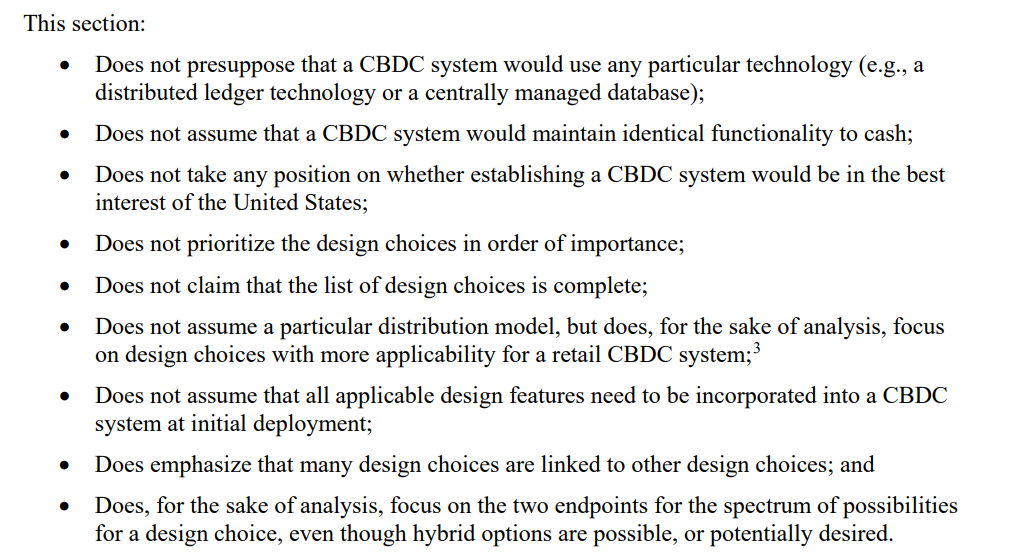U.S. Fed's Vice Chair Barr Suggests CBDC Decision Remains a ‘Long Way’
Putin Enacts Digital Ruble Law, Paving the Way for CBDC Implementation in Russia
Fed Expedites U.S. Payments Through FedNow, but Minimizes Connection to CBDCs
As President Joe Biden asked, the Office of Science and Technology Policy (OSTP) put together a report that looked at the design choices for 18 central bank digital currency (CBDC) systems that could be used in the United States.
The technical analysis of the 18 CBDC design choices was done in six main areas: participants, governance, security, transactions, data, and adjustments. The OSTP thinks that building a permissionless system that is run by a central bank will be hard technically and practically.
“It is possible that the technology underpinning a permissionless approach will improve significantly over time, which might make it more suitable to be used in a CBDC system.”
However, the analysis assumed there is a central authority and a permissioned CBDC system.

The OSTP report helped policymakers decide on the best US CBDC system by showing what would happen if third parties were included in the two design choices under the "participants" category, which were the transport layer and interoperability. In terms of governance, the report looked at things like permissioning, access tiering, identity privacy, and fixing problems.
OSTP also wants policymakers to think about cryptography and secure hardware (for security), signatures, transaction privacy, offline transactions, and transaction programmability (for transactions), data model and ledger history (for data), fungibility, holding limits, and adjustments to transactions and balances (for transactions and balances) (for transactions).
The technical evaluation for a US CBDC system showed that the report leaned toward a system that is not on a ledger and is protected by hardware. When the US CBDC is finally up and running, the report will show the different trade-offs that policymakers made when deciding on the design.
On September 8, the OSTP said that crypto assets in the US should be monitored and regulated while the effects on the environment and energy are looked at.
The related OSTP report said that crypto assets use about 50 billion kilowatt-hours of energy per year in the U.S., which is 38% of the global total. It also said:
“Noting direct comparisons are complicated, Visa, MasterCard, and American Express combined […] consumed less than 1% of the electricity that Bitcoin and Ethereum used that same year, despite processing many times the number of on-chain transactions and supporting their broader corporate operations.”
The report also talked about how proof-of-work (PoW) staking in cryptocurrency uses a lot of energy.
===========















